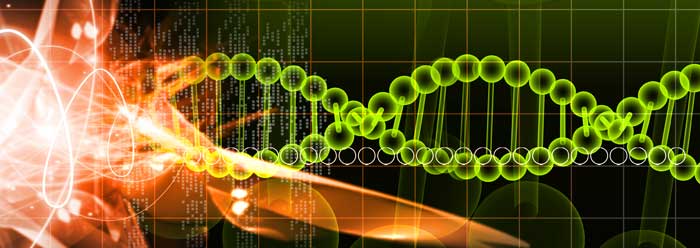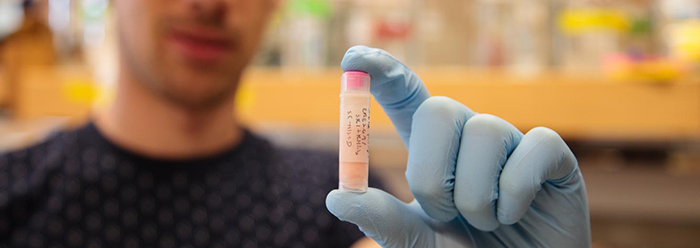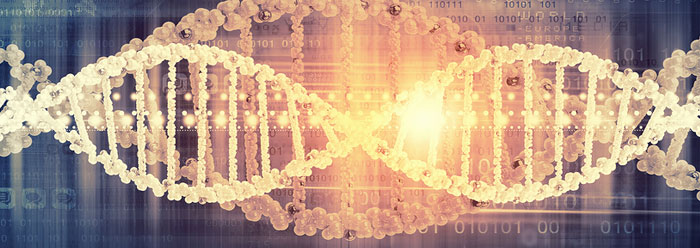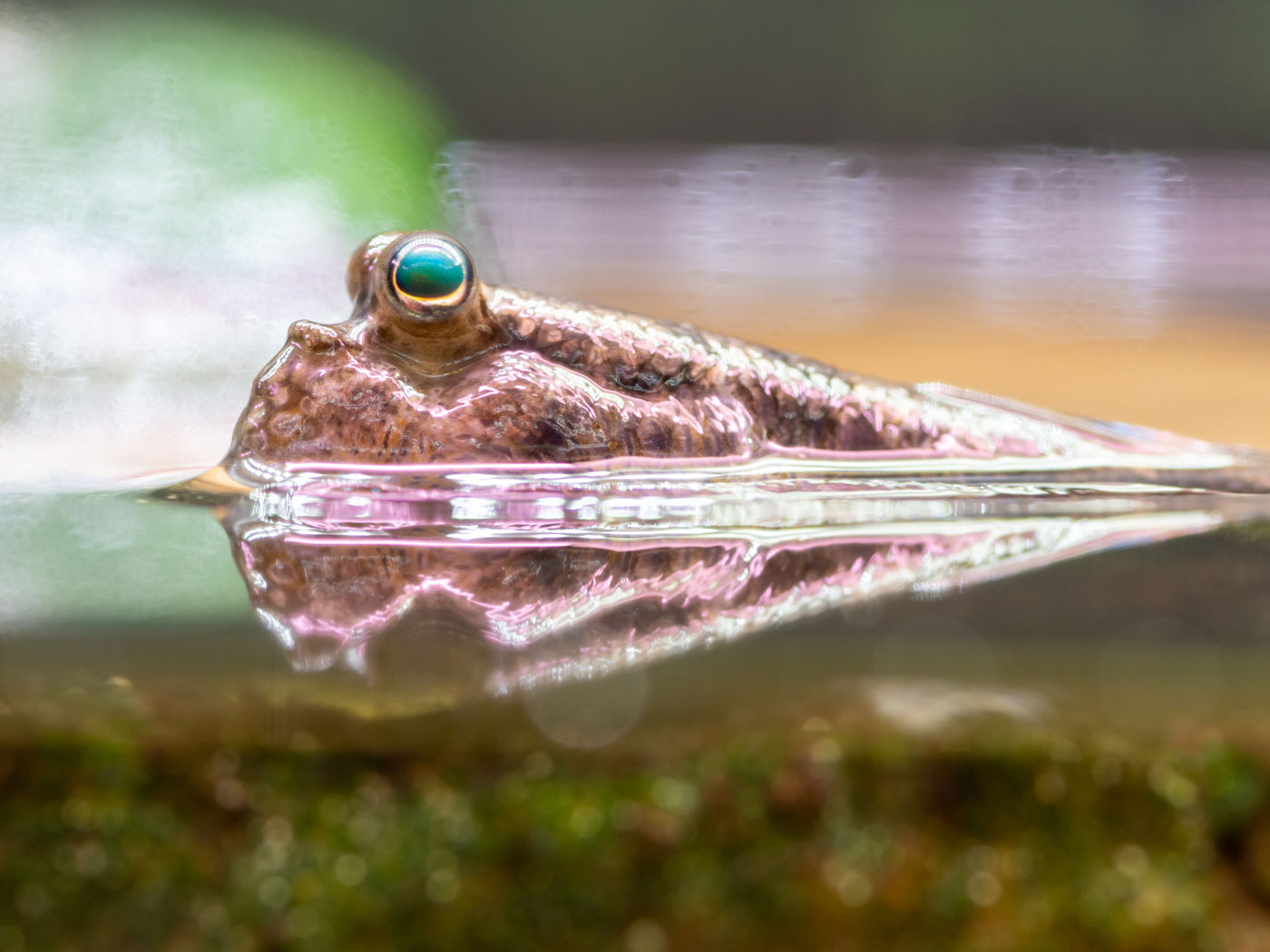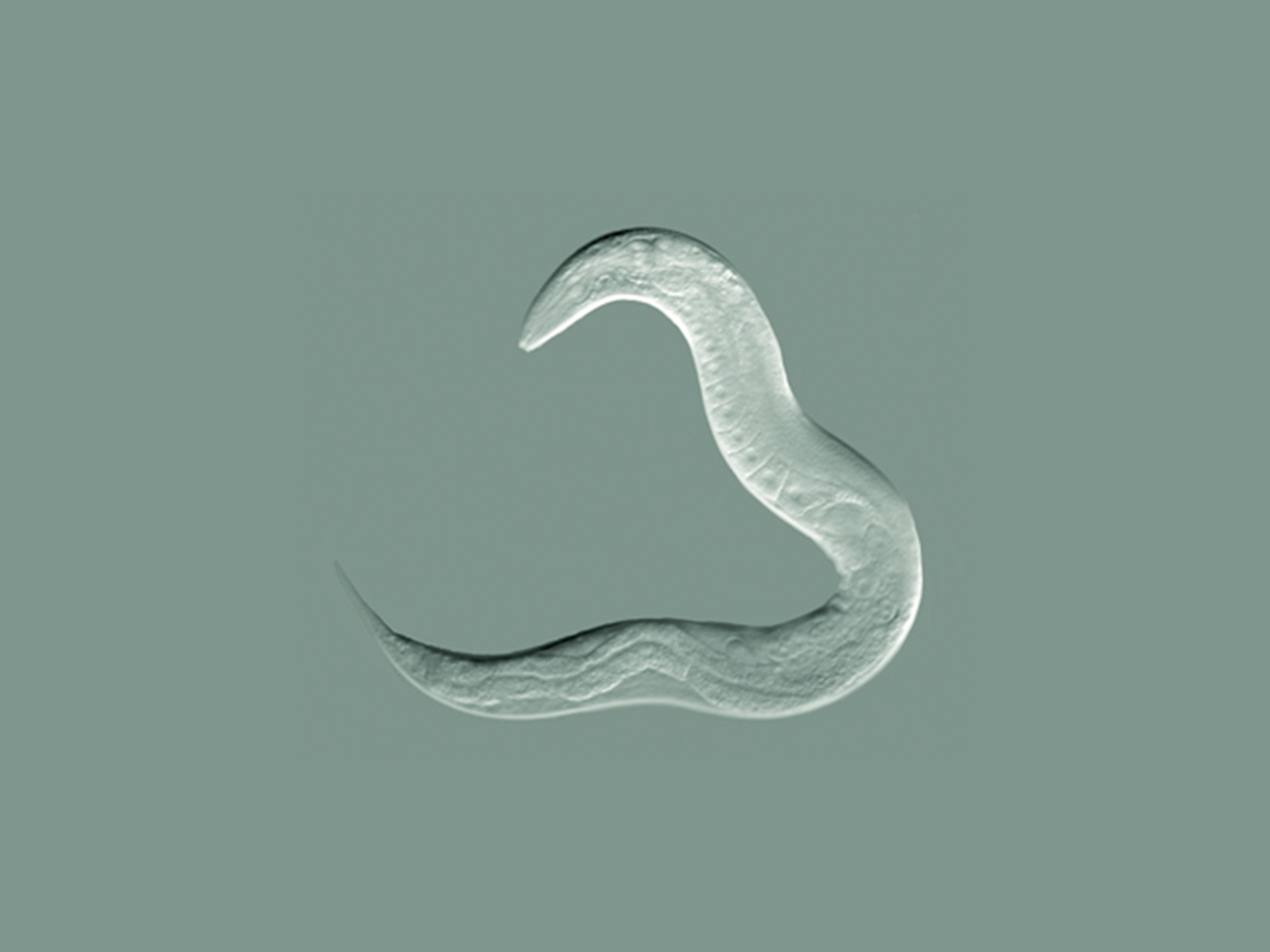In the age of 'omics' research, such terms as genome, transcriptome, and proteome now describe aspects of vast molecular networks in the seemingly infinite complexity of how DNA functions in the cell. Adding to these areas of research is yet another field that has emerged over the past decade called the 'mobilome.' The term mobilome refers to a category of transposable DNA segments—sections of DNA that in some cases can excise themselves and move around in the genome (called transposable elements), sometimes taking other pieces of DNA with them. One area of research related to the mobilome—that is completely destroying one of the sacred cows of evolution—is the idea that transposable elements are nothing but useless 'junk DNA.'
Evolutionists once thought that transposable DNA elements, originally labeled 'jumping genes,' were merely the ancestral vestiges of viruses that, ages long ago, infested and bloated genomes. Much to the chagrin of evolutionists, the past decade of research has clearly shown that transposable elements play vital and purposeful roles in regulating how genes and the genome function. Moreover, they specifically play key roles related to the type of context in which a cell is located (i.e., tissue type).1, 2, 3 In fact, a high-profile research paper titled "Transposable Elements Re-Wire and Fine-Tune the Transcriptome" was just published in the journal PLoS Genetics.4 The transcriptome refers to the sum total of the protein coding and regulatory RNAs that are copied from various genes across the genome when they are activated in the cell.
One of the most interesting facets of how transposable elements are key to life is the fact that they are now implicated as critical regulatory features in mammalian embryo development. A recent 2012 study in the journal Nature, that was discussed in another ICR news story, showed that transposable elements are required for the beginnings of life in the earliest stages of embryo development.5, 6 Adding to this amazing discovery is yet another recent report in the journal Nature Genetics showing that a family of transposable elements in mammals contribute hundreds of genetic features called 'enhancers' that modulate gene expression in placental cells.7 The placenta connects the developing embryo to the uterus in mammals to uptake nutrients from the mother, exchange gasses (oxygen and carbon dioxide) with the mother, and to remove waste from the developing embryo's tissues. So not only are transposable elements critical DNA features in the developing embryo, but also in the life-support tissue that interacts with the mother.
The fact that extensive research is showing that transposable elements are essential to many aspects of gene and genome function illustrates the failure of evolutionary dogma that originally interpreted these as seemingly useless genetic artifacts. Far from being useless baggage in the genome, transposable DNAs are decisively proving to be central to life. Clearly, they are uniquely designed and highly-engineered elements of DNA expertly integrated into the incredibly complex function of the genome as programmed by God the Creator.
References
- Shapiro, J. A., and R. von Sternberg. 2005. Why repetitive DNA is essential to genome function. Biological Reviews. 80 (2): 227-250.
- Faulkner, G. J. et al. 2009. The regulated retrotransposon transcriptome of mammalian cells. Nature Genetics. 41 (5): 563-571.
- Mourier, T and E. Willerslev. 2009. Retrotransposons and non-protein coding RNAs. Briefings in Functional Genomics and Proteomics. 8 (6): 493-501.
- Cowley, M. and R. J. Oakey. 2013. Transposable Elements Re-Wire and Fine-Tune the Transcriptome. PLoS Genetics. 9 (1): e1003234. Posted on January 24, 2013.
- Macfarlan, T. S. et al. 2012. Embryonic stem cell potency fluctuates with endogenous retrovirus activity. Nature. 487 (7405): 57-63.
- Tomkins, J. 2012. Transposable Elements Key in Embryo Development. Posted on icr.org July 25, 2012.
- Chuong, E.B. et al. 2013. Endogenous retroviruses function as species-specific enhancer elements in the placenta. Nature Genetics. 45 (2013): 325-329.
*Dr. Tomkins is Research Associate at the Institute for Creation Research and received his Ph.D. in Genetics from Clemson University.
Article posted on March 27, 2013.




